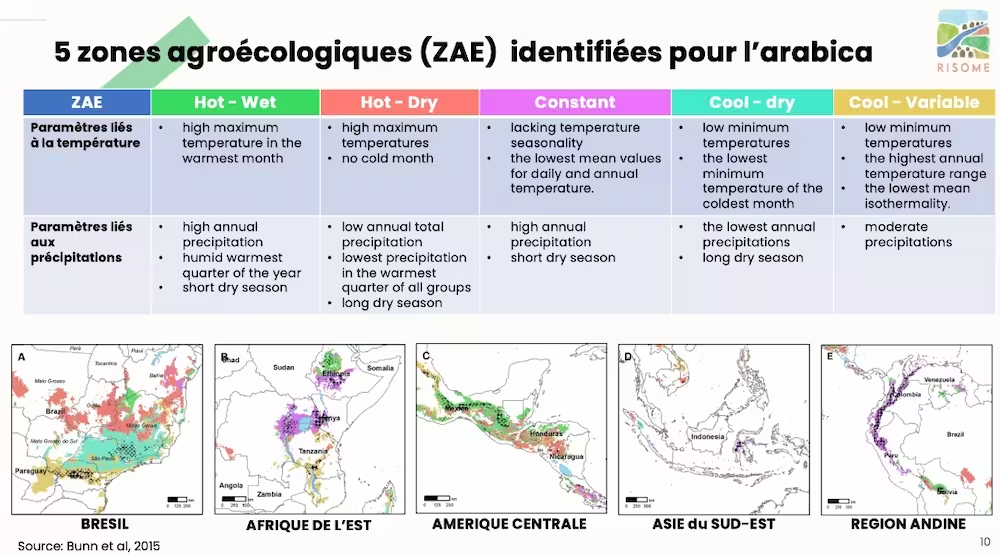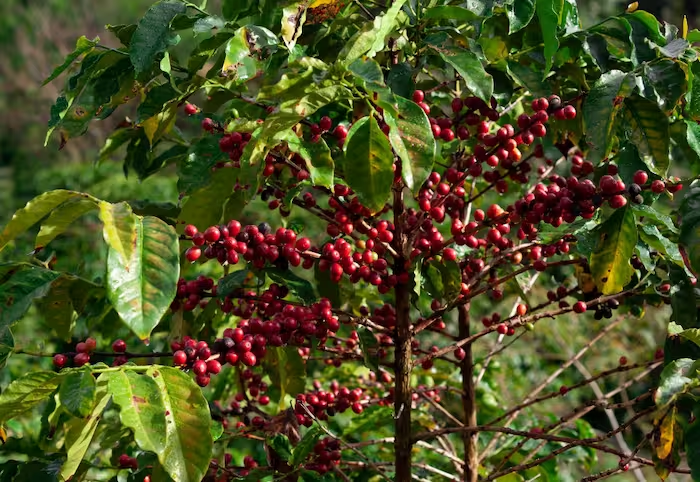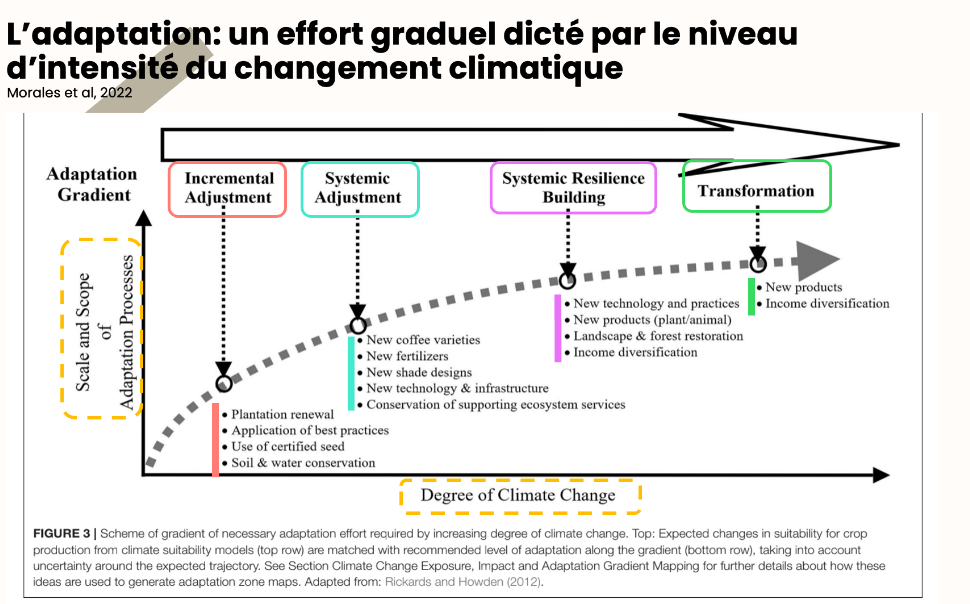Coffee sourcing risk assessment to date and by 2050
01

Context
Climate change already affects coffee sourcing worldwide but impacts across origins need to be further analysed and differentiated;
Understanding climate change mechanisms allows for anticipation and adaptation of both cultivation and sourcing;
It is critical to factor climate change into coffee sourcing strategies, that should be translated into local action plans: prioritized origins, targeted farmers, remediation actions.
02

Approach
Exhaustive review of scientific studies to characterize the main mechanisms and impacts of climate change on coffee production to date and by 2050;
Expert interviews to finetune analysis and review conclusions (researchers, NGOs, public and private sector)
Action plans developed for each of the prioritized origins, considering the vulnerability assessment of farmers towards climate change.
03

Key Takeaways
Climate change will reduce the suitable land for coffee production by 50%, in the medium GHG scenario. It will systematically impact the coffee value chain which makes it difficult to anticipate impacts precisely;
No one-size-fits-all approach: climate mechanisms are extremely variable in space and time. Solutions must be tailored to local contexts;
Generally speaking, the private and public sectors are late to implement actions that would foster the resilience of smallholder coffee farmers that are particularly vulnerable;
Adaptation of the coffee sector must be thought at local, national and international scales;
Climate-smart practices, massive reforestation programs as well as governance strengthening of coffee organizations are priority actions.

